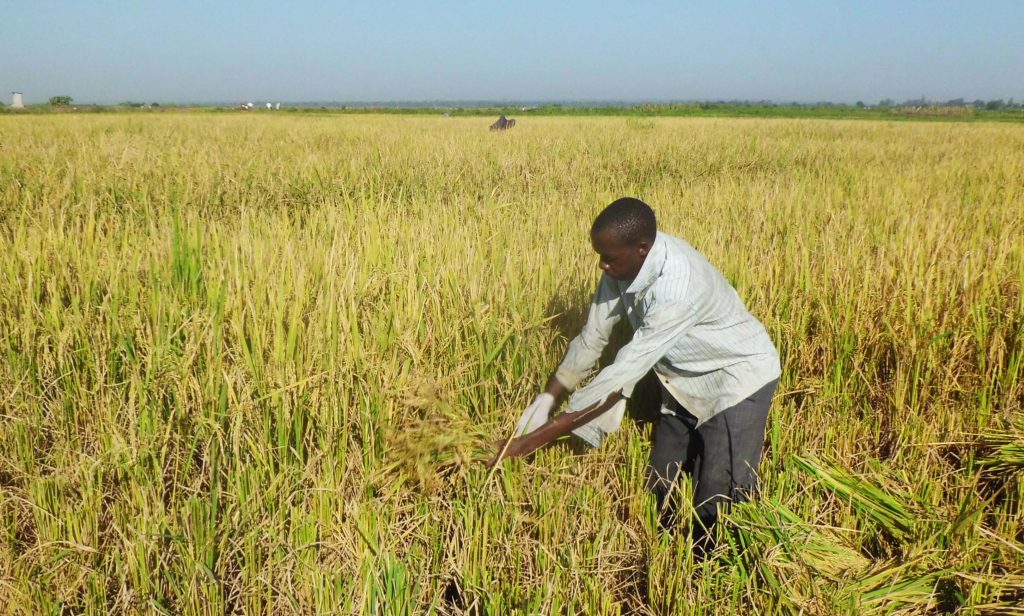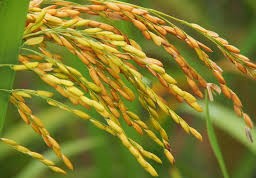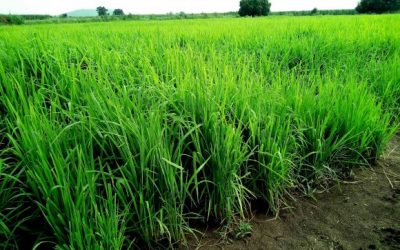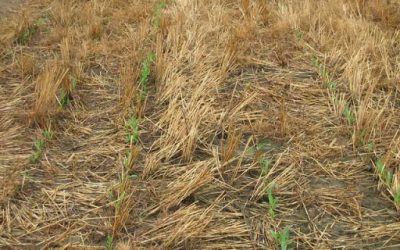How to harvest your Rice

Harvesting is the process of collecting the mature rice crop from the field. Paddy harvesting activities include reaping, stacking, handling, threshing, cleaning, and hauling. These can be done individually or a combine harvester can be used to perform the operations simultaneously.
It is important to apply good harvesting methods to be able to maximize grain yield, and minimize grain damage and quality deterioration.
Harvesting rice consists of the basic operations which can be done in individual steps or in combination using a combine harvester. These include:
Reaping – cutting the mature panicles and straw above ground
Threshing – separating the paddy grain from the rest of cut crop
Cleaning – removing immature, unfilled, non-grain materials
Hauling – moving the cut crop to the threshing location
Field drying – leaving the cut crop in the field and exposing it to the sun for drying (optional)
Stacking/piling – temporarily storing the harvested crop in stacks or piles (optional)
Bagging – putting the threshed grain in bags for transport and storage
Traditional harvesting activities such as field drying and stacking/piling are not recommended because they can lead to rapid quality deterioration and increased harvest losses.
Besides these, a variety of other activities can be included in harvesting such as gathering, reaping (gathering standing grain by cutting), bundling, and various forms of transporting the crop and grain.


